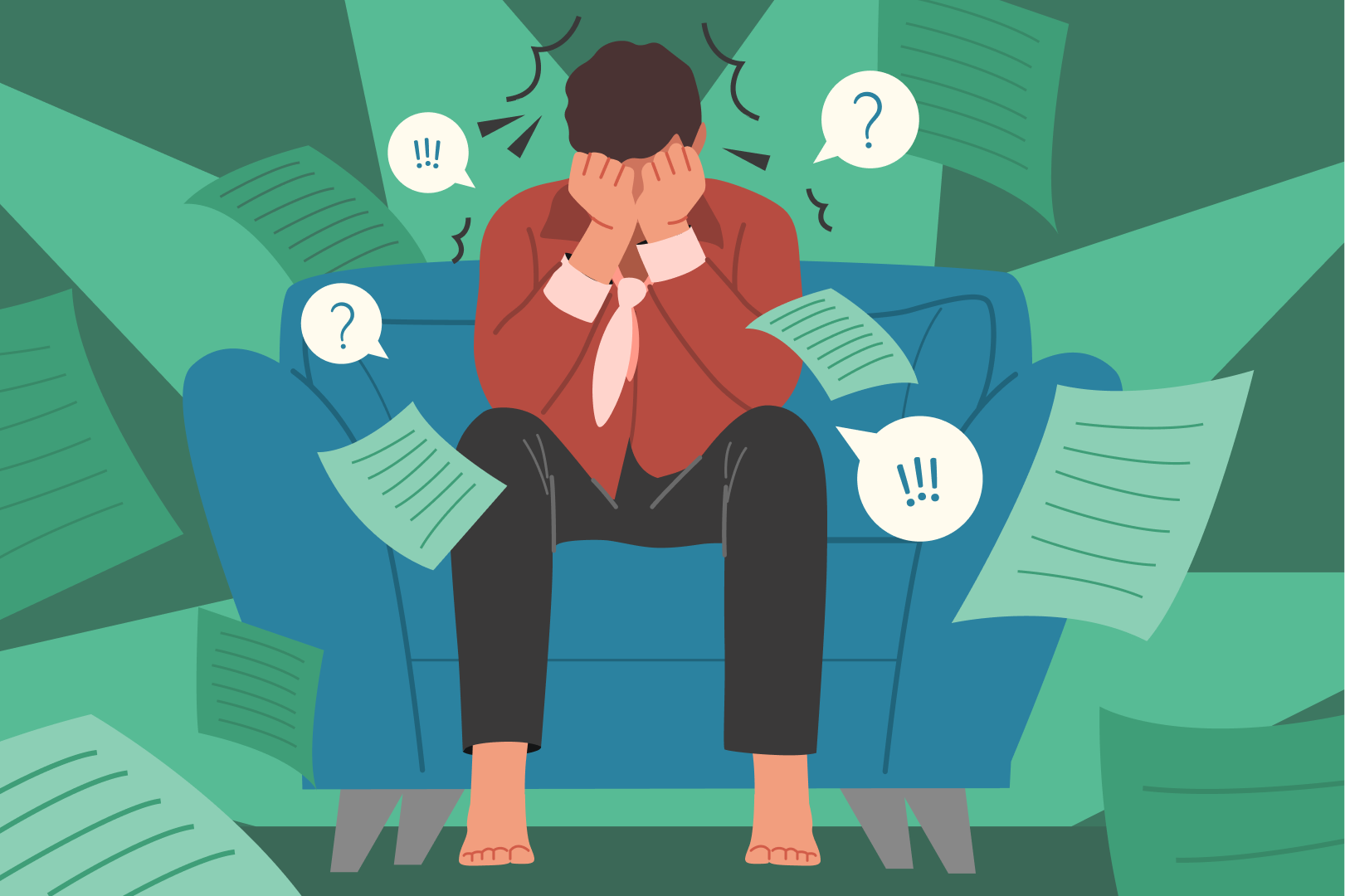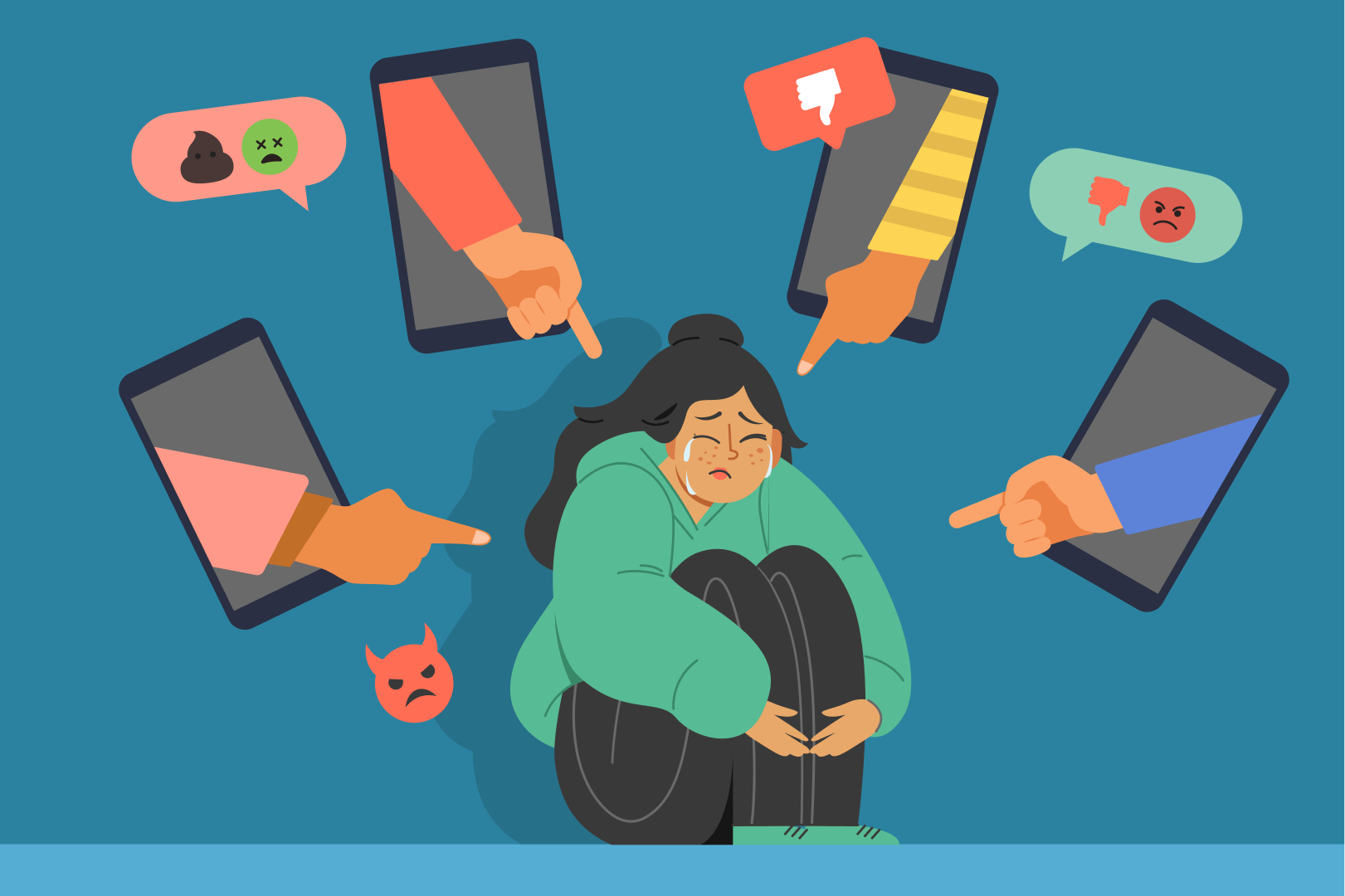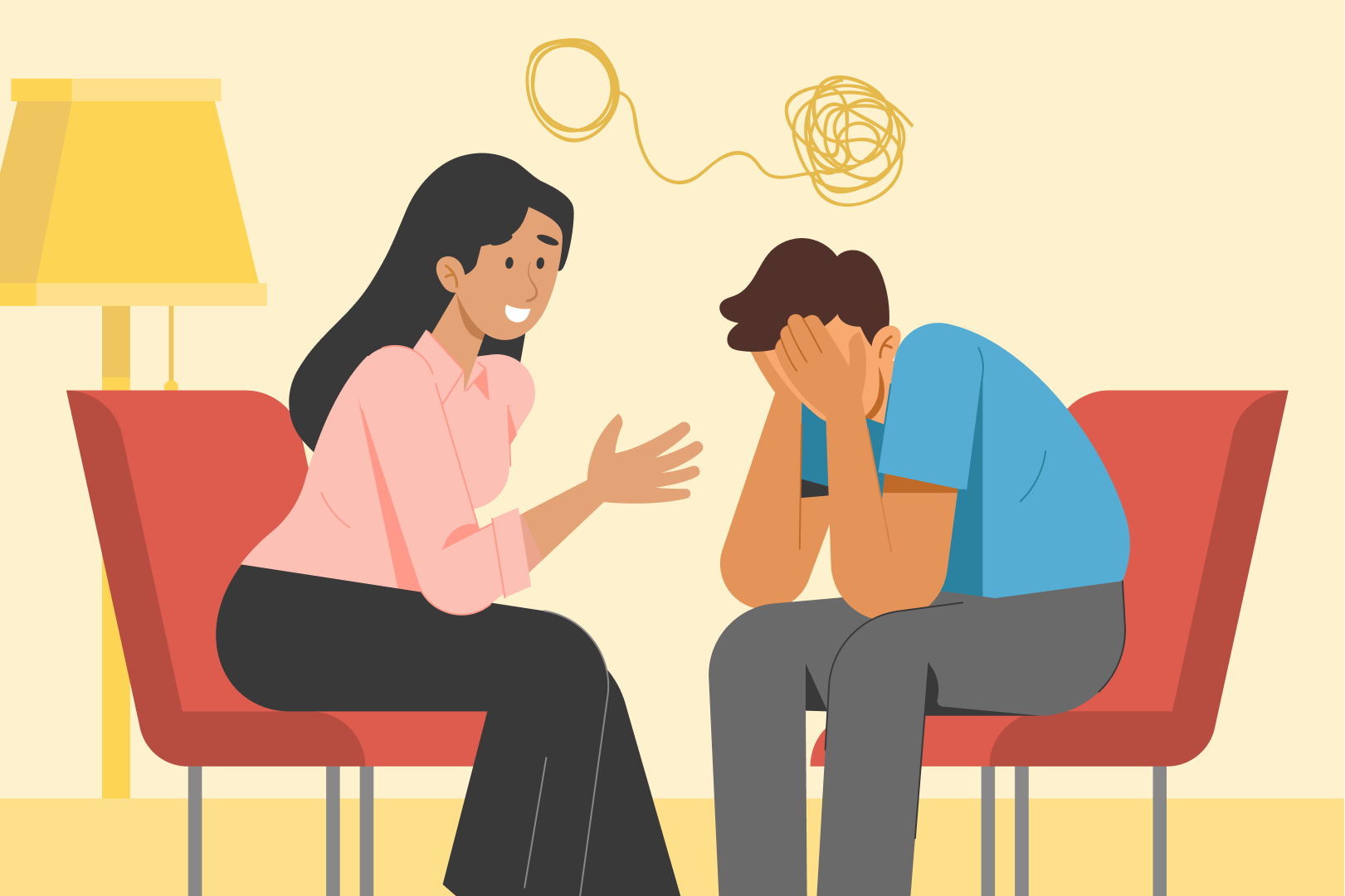Young people spend a large part of their days at the school. The teacher plays a very important role in regards to a student’s mental health. The teacher has to know the difference between bad behaviour and mental health disorder. The teacher’s understanding and perceptions of mental health disorders, and the barriers to helping a student is crucial to their success. A clear connection has been seen between mental health and academic performance.
The most common mental health disorders among students are depression, attention deficit disorder or attention deficit hyperactivity disorder, anxiety, autism spectrum disorder, obsessive compulsive disorder, post-traumatic stress disorder, tourette syndrome, oppositional defiant disorder, conduct disorder, substance abuse and eating disorders.
Signs to watch out for in the classroom may include:
- Students who sleep throughout class, seem tearful or exhibit crying at different times throughout the day, or just seem sad or to have the blues may be suffering from depression and anxiety.
- They may also frequently be absent from school to stay in bed or out of fear of leaving their comfort zone. Attention deficit disorder or attention deficit hyperactivity disorder is quite noticeable in students’ behaviors.
- They are high energy and find it hard to sit still. They keep leaving their seats and find it difficult to stay focused on tasks.
- Eating disorders may not be as easy to spot in the classroom. A student with an eating disorder can have a very difficult time learning. Eating disorders are not only shown by specific unhealthy eating patterns, teachers need to also look out for the student being withdrawn or isolated, weight loss, or trying to cover up their weight loss with baggy clothing.
- Substance abuse is another area of importance and most of the time, a student who has been using substances exhibits noticeable behaviors including slurred words, staggering walk, falling asleep or hyperactivity that is unusual for the student.
How can Teachers help Students with their Mental disorders:
Before taking any action, it’s important for teachers to educate themselves and others on the symptoms of mental health disorders to watch out for in a student. Teachers have to provide a safe environment, encourage good health and help students access mental health resources. Teachers can make a huge difference just by recognizing signs and symptoms being exhibited by the students as each mental health disorder has its own range of emotional and behavioral symptoms.
Teachers can take steps to be culturally sensitive, create awareness, and work with students and their families to make sure the students are receiving the best help available.
It is best if students work on improving their own behavior through self-regulation and taking opportunities to figure out what they need to make themselves healthier.
Teachers should judiciously use a combination of strategies to help their students’ mental health disorder including: teaching the students problem solving skills, helping them set goals and creating accommodations for the student when situations arise that need interventions or redirection.
Accommodations that teachers can give to students include the following:
- Special seating, especially near the door to allow leaving class for breaks
- Assigned classmate as volunteer assistant
- Tape recorder use
- Note taker or photocopy of another student’s notes
- Private feedback on academic performance
- Exams in alternate format such as orally versus essay form
- Extended time for test taking
- Exam in a separate, quiet, and non-distracting room
- Substitute assignments in specific circumstances
- Permission to submit assignments handwritten rather than typed
- Written assignments in lieu of oral presentations or vice versa
- Extended time to complete assignments
Teachers can send healthy messages to students. Teachers have to help students understand that their self-worth is not based on grades, mental wellbeing is just as important as academic performance, and that they are supportive of them.
How to promote Positive Mental Health among Students:
- Know the warning signs of mental illness
- Seek the help of school counselors or psychologists to determine if testing or assessments are needed for the student.
- Implement preventive techniques with students, including social skills training
- Educate students on mental health
- Crisis counseling for students following a traumatic event
- Classroom management skills training for teachers.
- Allow your students to discuss troubling events at school or in the community
- Encourage students to verbally describe their emotions
vantagepointrecovery.com/students-with-mental-health-disorders/
http://www.washington.edu/doit/academic-accommodations-students-psychiatric-disabilities
https://www.classroommentalhealth.org/working-with-families/
http://www.mentalhealthamerica.net/conditions/childrens-mental-health








